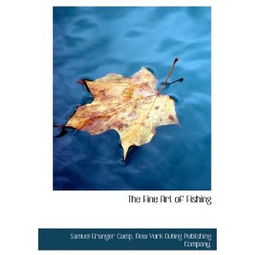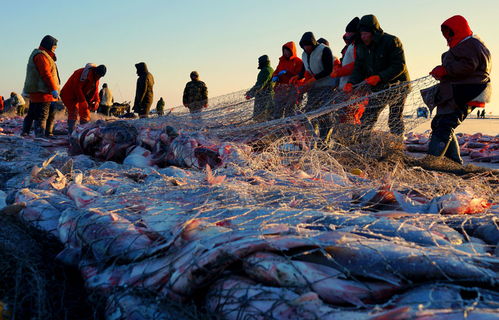Content:
Introduction: Rockfishing, also known as shore fishing, is a popular and rewarding method of angling that involves casting from the shore to catch fish in nearshore waters. Using the right矶钓竿 (rockfishing rod) is crucial to the success of your fishing trip. In this article, we will delve into the art of rockfishing and provide you with essential techniques on how to use your矶钓竿 effectively to enhance your fishing experience.
Choosing the Right矶钓竿: The first step in mastering rockfishing is selecting the appropriate矶钓竿. Here are some factors to consider when choosing a矶钓竿:
a. Length: The length of your矶钓竿 should be proportional to the distance you plan to cast. Longer rods are generally better for casting further distances, while shorter rods are more versatile for fishing in tight spaces.
b. Action: The action of a矶钓竿 refers to how it bends when pressure is applied. Choose a rod with an action that matches the type of fish you're targeting. For instance, a fast-action rod is ideal for catching strong, hard-fighting fish, while a slow-action rod is better for more delicate presentations.
c. Power: The power of a矶钓竿 is its ability to handle the weight of the line and the fish you're targeting. A heavier power rod is suitable for larger fish, while a lighter power rod is more appropriate for smaller species.
Proper Casting Techniques: Once you have the right矶钓竿, it's time to learn the art of casting. Here are some tips to help you improve your casting technique:
a. Hold the Rod Correctly: Grip the handle of your矶钓竿 with a firm, but relaxed, grip. Your thumb should be on the back of the handle, and your index and middle fingers should be wrapped around the foregrip.
b. Pre-Cast: Before casting, make sure your line is untangled and the lure or bait is securely attached. Tug gently on the line to ensure the lure is free from any snags.
c. Back-Cast: Start by lifting the rod back behind you, then bring it forward with a smooth, continuous motion. The weight of the lure will carry the line forward and create the cast.
d. Over-Cast: After the line has traveled forward, allow the rod to follow through, keeping it slightly bent. This will help increase the distance of your cast.
e. Practice: Like any skill, casting takes practice. Spend time casting in different directions and distances to improve your technique.
Lure Selection and Presentation: Choosing the right lure and presenting it effectively is key to successful rockfishing. Here are some tips:
a. Lure Selection: Choose lures that mimic the natural prey of the fish you're targeting. For example, if you're fishing for bass, use lures that resemble small fish or crayfish.
b. Retrieve Speed: Adjust the speed of your retrieve based on the type of fish and the water conditions. A slower retrieve may be more effective in murky water, while a faster retrieve may work better in clear water.
c. Jigging: For certain species, such as cod or flatfish, jigging is an effective technique. Move the lure up and down in short, quick bursts to mimic the natural movement of prey.
Setting the Hook: Once you've hooked a fish, it's important to set the hook properly to ensure a successful catch. Here's how to do it:
a. Reel In: As the fish takes the lure, reel in the slack line to set the hook.
b. Use a Quick Strike: When you feel a tap or a tug on the line, quickly move the tip of your矶钓竿 towards the fish. This will help set the hook deeper into the fish's mouth.
c. Keep a Firm Grip: Maintain a firm grip on the rod, but avoid yanking too hard. This can cause the fish to throw the hook or break the line.
Proper Rigging Techniques: Proper rigging is essential for successful rockfishing. Here are some tips:
a. Leader Length: Use a leader of appropriate length to ensure the lure reaches the fish without getting snagged on the bottom. A leader length of 3 to 6 feet is usually sufficient.
b. Terminal Tackle: Choose terminal tackle that matches the weight and size of the lure. A good quality swivel can help prevent line twist, while a strong hook is essential for holding onto fish.

c. Bait Selection: If you're using bait, ensure it's fresh and properly prepared. Cut or hook the bait so that it moves naturally in the water.
Conclusion: Using the right矶钓竿 and mastering the techniques of rockfishing can significantly improve your chances of catching fish. By following these essential tips on choosing the right rod, mastering casting techniques, selecting the right lure, setting the hook, and proper rigging, you'll be well on your way to becoming a proficient rockfisherman. Happy fishing!












